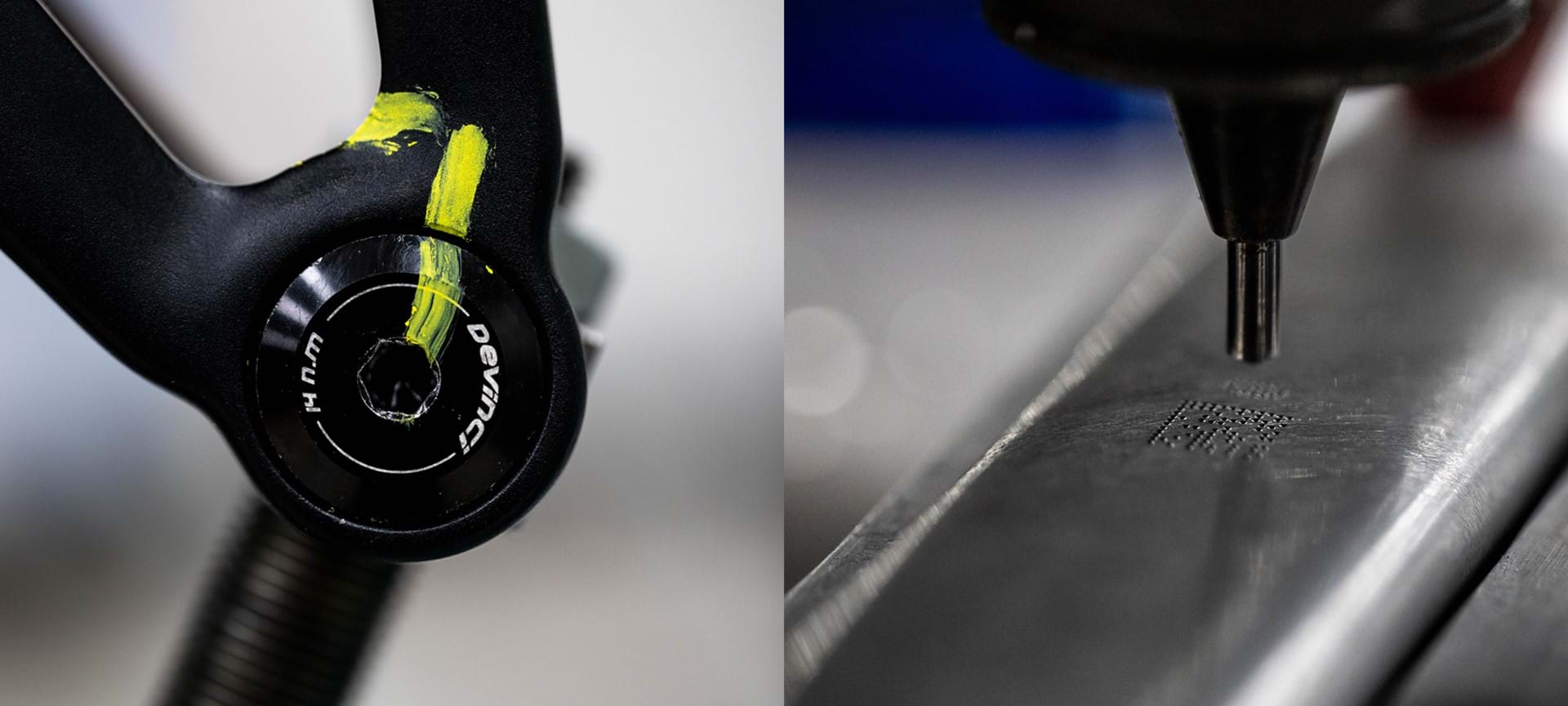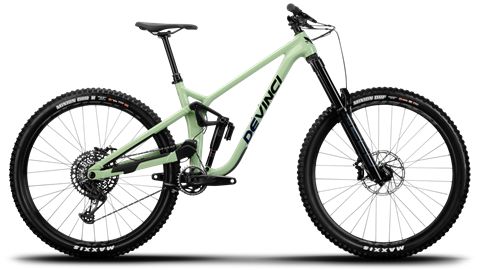Chainsaw Update Explained
Chainsaw: Back on the Trail
To remain transparent with our community, here’s a look behind the scenes at what has been happening within our factory over the past few months as we prepared to re-launch the Chainsaw.
As many of you know, our gravity platform, the Chainsaw, was impacted by a recall last August. We initiated this voluntary safety recall because we are deeply committed to our riders’ safety.
While only a few incidents occurred, the severity of the potential issue was significant, and as a brand, we were unwilling to create any risk for our valued customers. When you purchase a bike from us, we want you to feel safe at all times and ride with complete confidence.
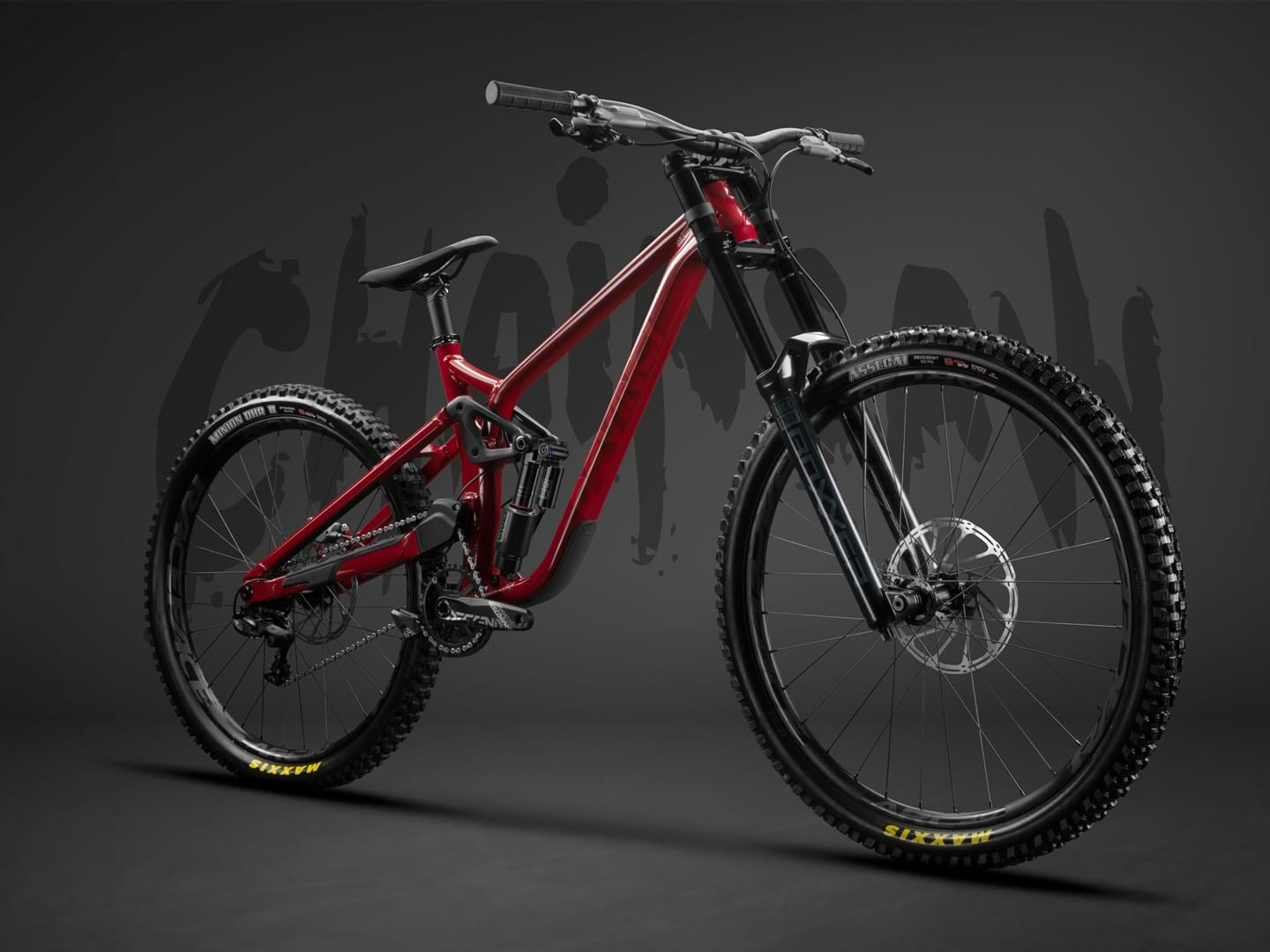
To remain transparent with our community, here’s a look behind the scenes at what has been happening within our factory over the past few months as we prepared to re-launch the Chainsaw.
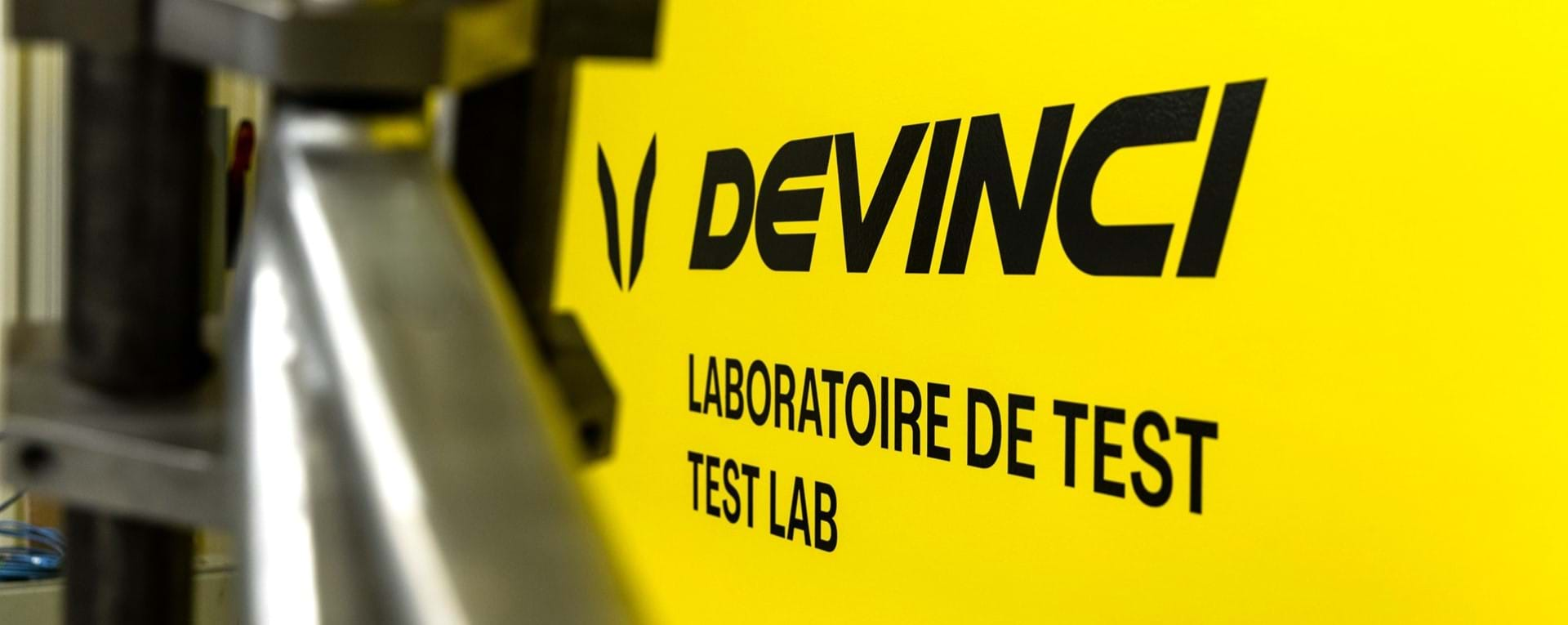
Following the recall, our team of engineers and technicians got to work immediately. The process was not taken lightly. They conducted rigorous tests on more than sixty frames to pinpoint the issue and replicate the failure in our lab. These tests and further examinations revealed that, in specific cases, the penetration of the headtube welds was not optimal to withstand the demands this platform was designed for. During our investigations, we also discovered that the arrangement of tube junctions could lead to welds with insufficient penetration, compromising the required strength levels under high load.
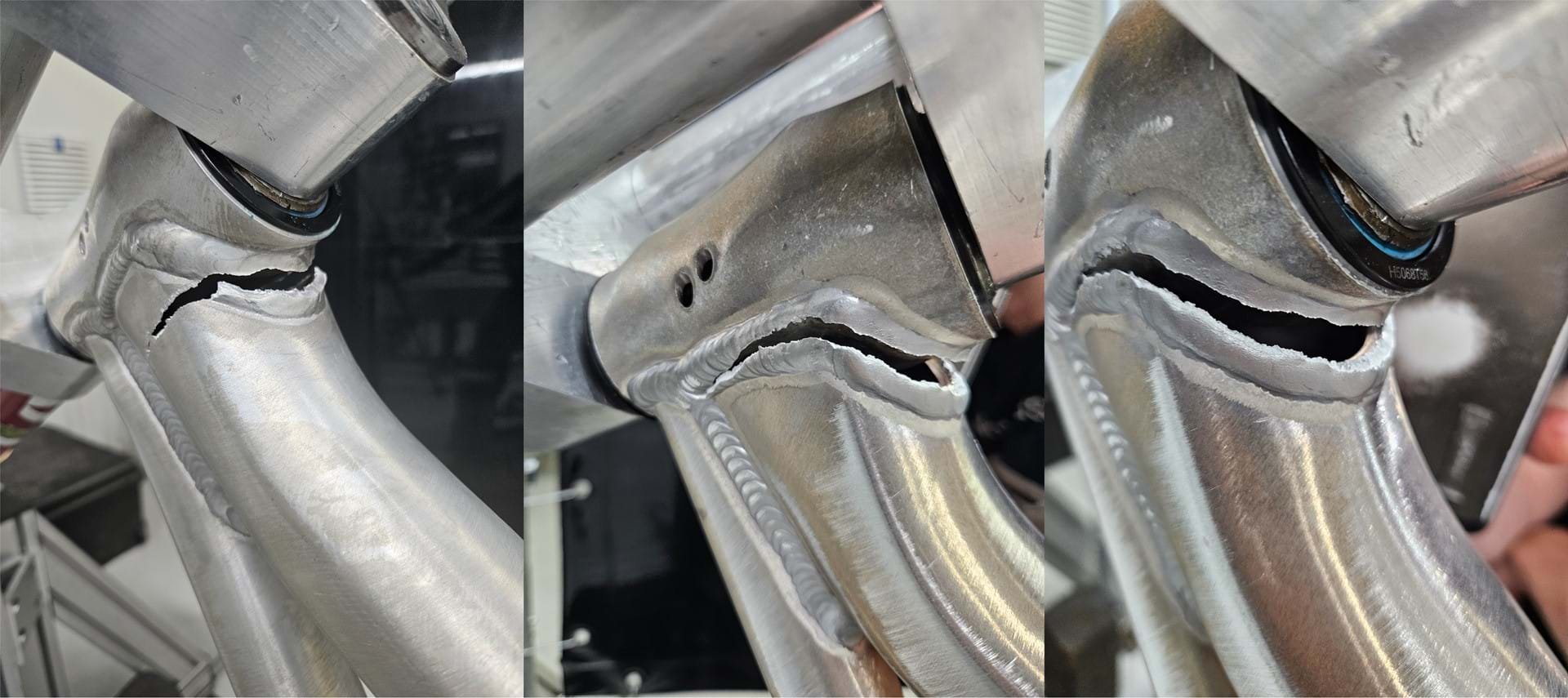
⇧ Our team was able to recreate the types of failures we experienced, which alerted us to initiate this recall. Recreating those failures is crucial in understanding the issue.
We’re now 100% confident that the new Chainsaw for 2025, along with all replacement front triangles made for the previously impacted production runs, are solid and ready to take on everything they were designed for. We adjusted the tube cut geometry at the junctions to ensure consistent root weld penetration across all frames during production.
This modification allows for better control of the weld's effective throat length, a key factor in ensuring its strength. In short, the updated front triangle now features a larger and stronger weld at the junction of the toptube, downtube, and headtube. This enhancement makes the front end of the bike more resistant to significant impacts and stresses. How do we know this? Testing.

⇧ The updated Chainsaw front triangle above is shown in a Finite Element Analysis. By simulating forces and loads, we can use the colour variations to identify sections at risk of deformation or material cracking.
Extensive testing has been conducted in our laboratory, including high-strength fatigue tests, ultimate strength tests, and front impact tests with varying weights. In each of these exercises, the goal was to subject the frame to forces far beyond what a rider would typically apply, and to quantify its resistance. These tests are designed to prevent material cracks and ensure that the welds are strong, durable, and capable of withstanding these rigorous conditions.

⇧ On the left, an updated Small Chainsaw frame is set up on the test bench for what we call an ultimate strength test. On the right, the desired result: tubes buckling instead of separating or cracking.
Ultimate strength test
Another version of an ultimate strength test. Once again, the desired outcome is downtube and toptube buckling rather than separation or cracking.
After the lab tests, the frames underwent real-world testing over several months. This ensures not only durability but also that the ride quality meets our high standards. Think of this as the final step in our approval process.

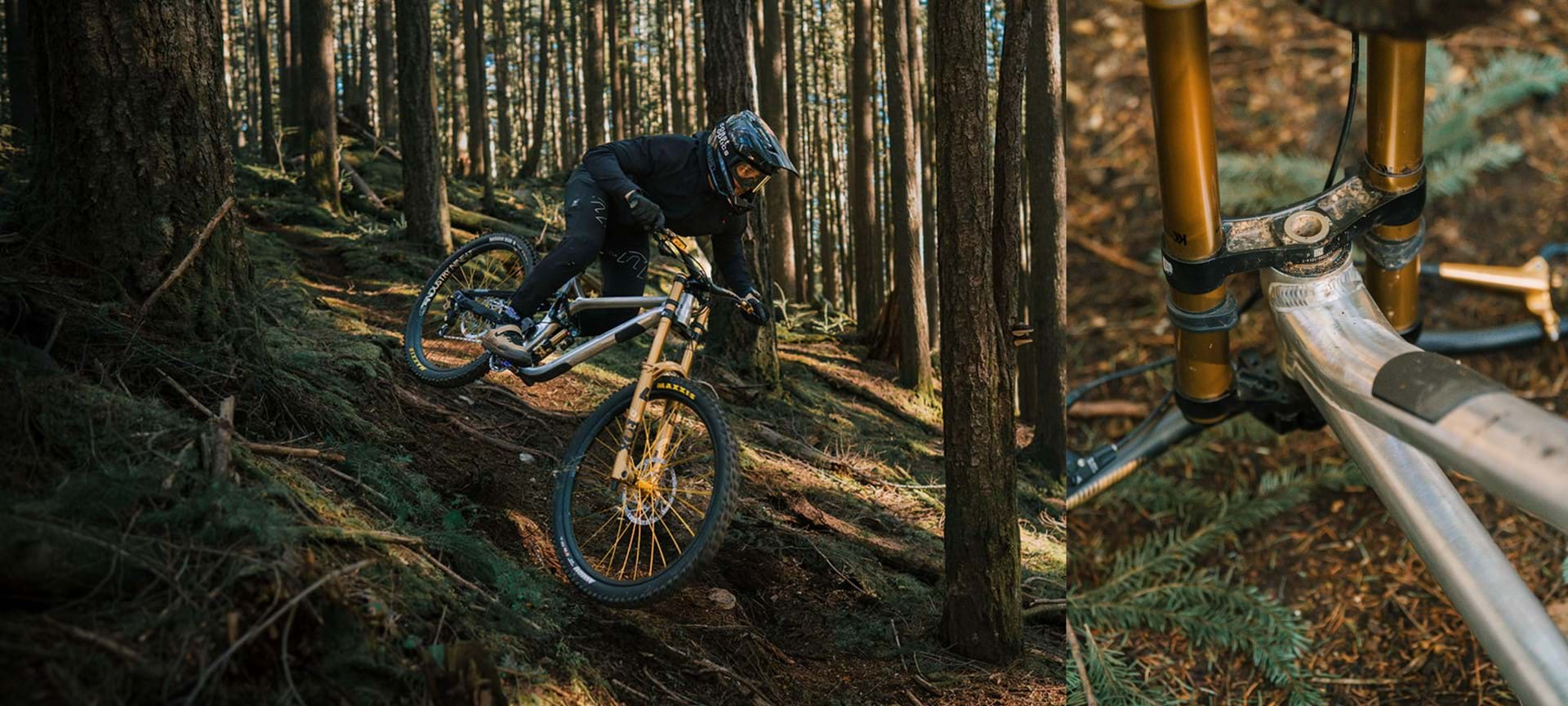

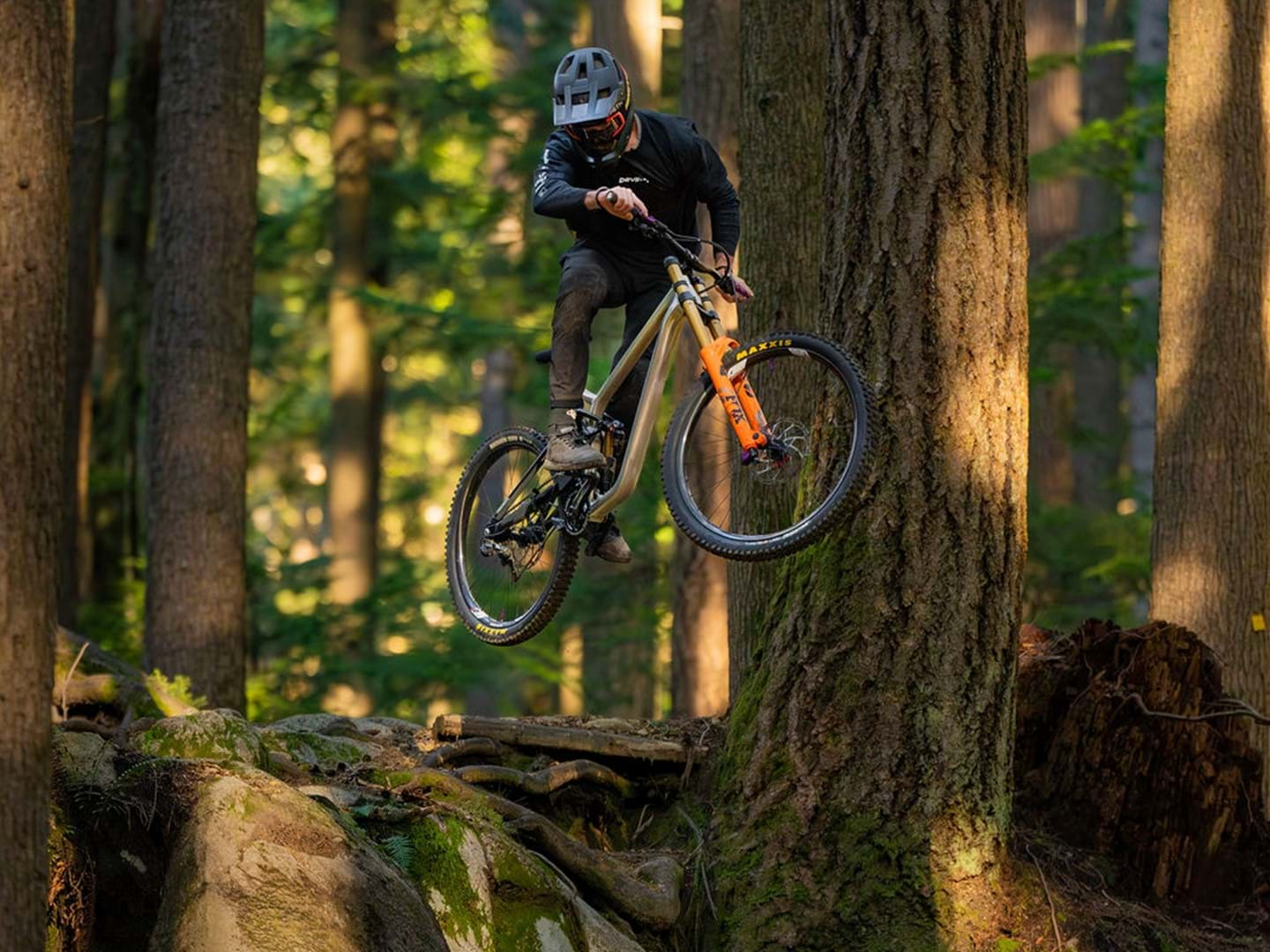
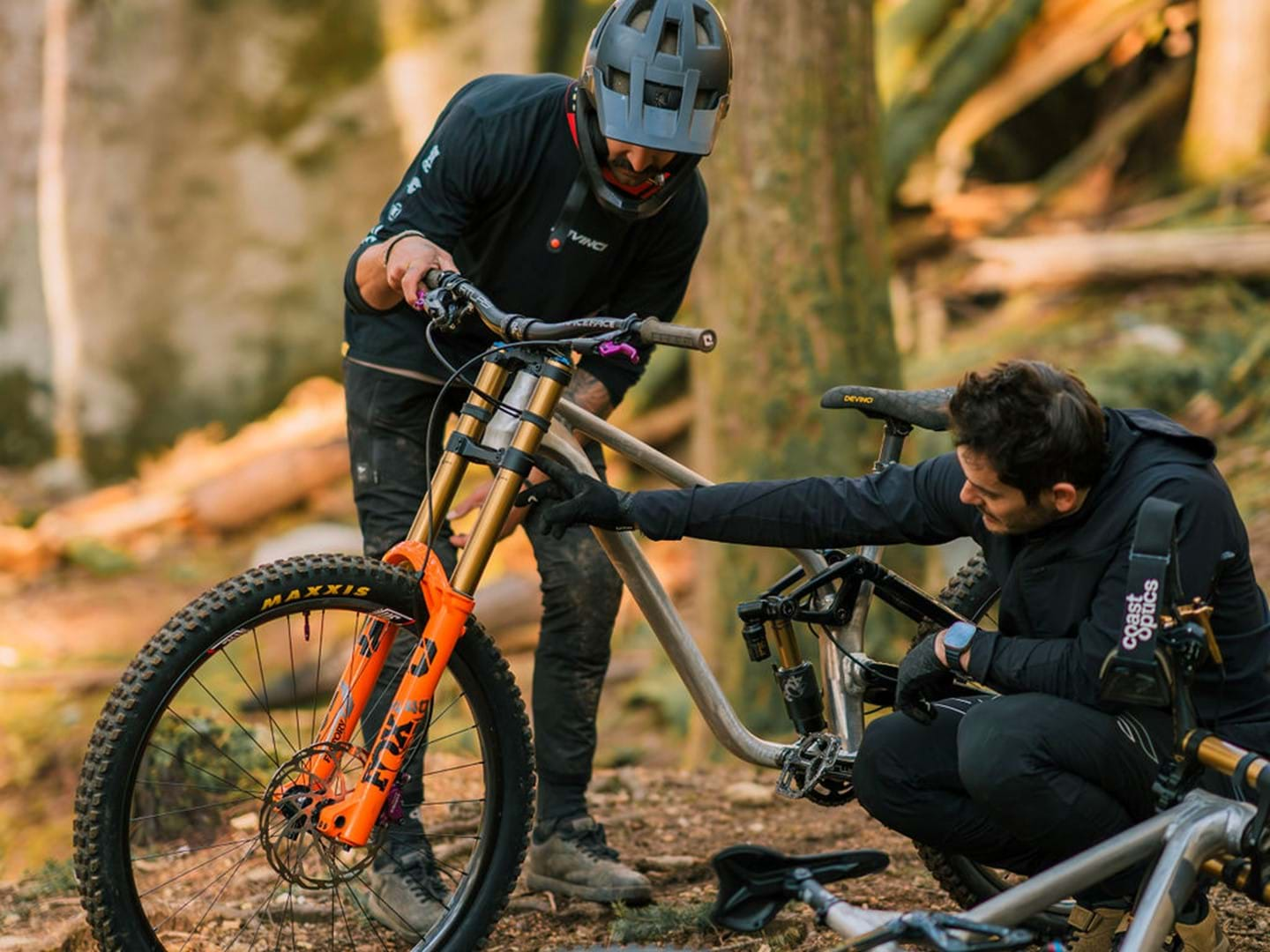
At Devinci, we take immense pride in our Canadian heritage, crafting high-quality aluminum bike frames since 1987. Our commitment has always been to build durable bikes that meet the needs of the most demanding riders. This recall may appear to be a misstep to some, but for us, it is an opportunity to stand behind our products, learn from our mistakes, shed more light on the Canadian bicycle manufacturing process, and continue to refine our local expertise.
